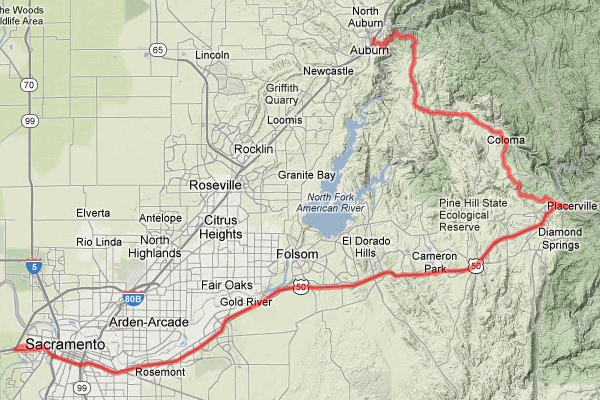The first comprehensive study of rivers and streams in California has found that sport fish in the Sacramento-San Joaquin Delta watershed have higher concentrations of mercury and PCBs than anywhere else in the state.
The survey adds to the history of high mercury levels in sport fish in the Sacramento region and dovetails with recent research that found consumption of sport fish from certain Delta region streams remains high, despite knowledge of the high mercury levels.
The sport fish survey, conducted by the State Water Resources Control Board, surveyed 16 species from 63 locations in 2011.
“While past monitoring looked at fish contaminants in lakes, rivers and streams, it was not focused on providing a statewide picture,” said Jay Davis, senior environmental scientist with the San Francisco Estuary Institute.
The survey piggybacks on similar surveys done on lakes and reservoirs as well as coastal areas – all of which found mercury to be the most common contaminant in fish. The survey is meant to provide information for future action and monitoring.
In the river survey, the highest contamination was found in sport fish high in the food chain – such as smallmouth and largemouth bass, striped bass and the Sacramento pikeminnow.
The river sites that yielded highly contaminated fish included the American River at Discovery Park and the south fork of the American River at Coloma. Fish tested from the San Joaquin River pier at Point Antioch and at Louis Park in Stockton also showed high mercury levels.
More at The Modesto Bee >>>

